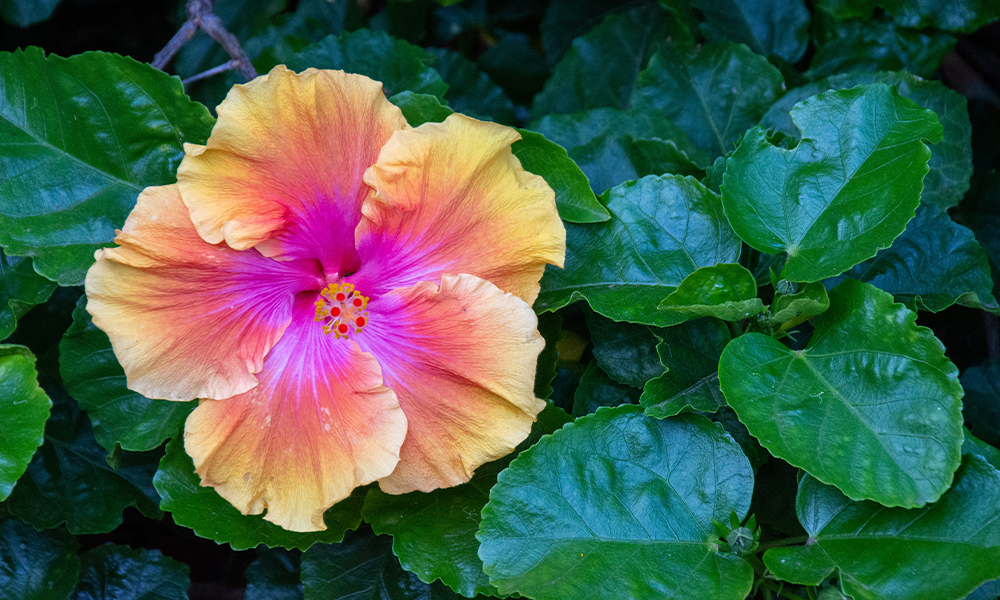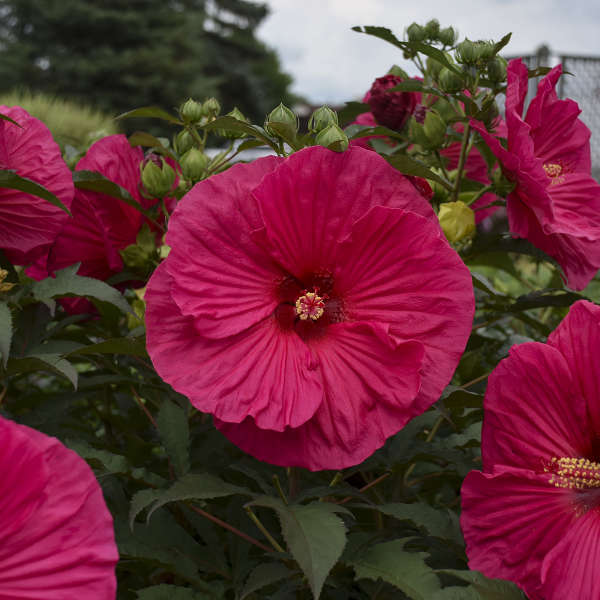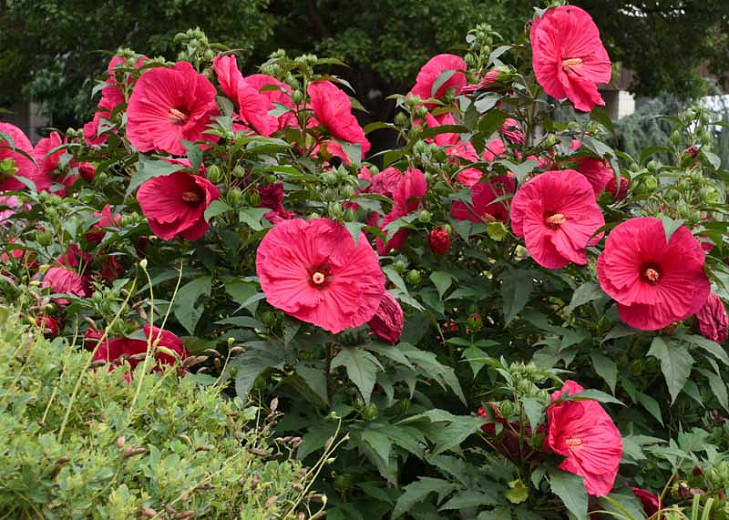Hibiscus Summer: The Ultimate Guide To Growing And Enjoying These Beautiful Flowers
Hibiscus Summer: The Ultimate Guide to Growing and Enjoying These Beautiful Flowers
Summer is the perfect time to enjoy the beauty of hibiscus flowers. These tropical blooms come in a wide variety of colors, from vibrant reds and oranges to delicate pinks and whites. They are also relatively easy to grow, making them a great choice for both experienced and novice gardeners.
In this guide, we will discuss everything you need to know about growing hibiscus flowers in summer. We will cover topics such as choosing the right location, planting, watering, fertilizing, and pest control. We will also provide some tips on how to extend the flowering season.
Choosing the Right Location
Hibiscus flowers need full sun in order to thrive. They will also do best in well-drained soil. If you live in an area with hot summers, you may want to choose a location that gets some afternoon shade.
Planting
Hibiscus flowers can be planted in the spring or fall. If you are planting in the spring, wait until the last frost has passed. If you are planting in the fall, plant early enough so that the roots have time to establish before the ground freezes.
When planting hibiscus flowers, dig a hole that is twice as wide as the root ball. Amend the soil with compost or manure. Place the root ball in the hole and backfill with soil, tamping down gently. Water well.
Watering
Hibiscus flowers need regular watering, especially during the summer months. Water deeply once a week, or more often if the weather is hot and dry. Be sure to water the soil, not the leaves.
Fertilizing
Hibiscus flowers should be fertilized every few weeks during the growing season. Use a balanced fertilizer, such as 10-10-10. You can also use a fertilizer specifically formulated for hibiscus flowers.
Pest Control
Hibiscus flowers are susceptible to a few pests, such as aphids, mealybugs, and scale. If you see any pests, you can treat them with insecticidal soap or neem oil.
Extending the Flowering Season
To extend the flowering season of your hibiscus flowers, you can deadhead spent blooms. This will encourage the plant to produce more flowers. You can also trim the plant back in the fall to remove any dead or damaged branches.
With a little care and attention, you can enjoy the beauty of hibiscus flowers all summer long.
Hibiscus summer is a beautiful time of year to enjoy the vibrant colors and blooms of these tropical flowers. If you're looking for more information about hibiscus summer, I recommend visiting Garden Wiki. This website has a wealth of information about hibiscus plants, including their history, cultivation, and care. You'll also find a variety of articles and videos about hibiscus summer, as well as a forum where you can connect with other hibiscus enthusiasts.
FAQ of hibiscus summer
Question 1: What are the best hibiscus varieties for summer?
Answer: There are many different varieties of hibiscus, but some of the best for summer include:
- Hibiscus rosa-sinensis: This is a popular variety that is known for its large, colorful flowers. It is a warm-season plant that is hardy in USDA zones 9-11.
- Hibiscus moscheutos: This variety is also known for its large flowers, which can grow up to 12 inches in diameter. It is a hardy plant that is tolerant of a wide range of conditions.
- Hibiscus palustris: This variety is a swamp hibiscus that is native to North America. It is a hardy plant that can tolerate wet soil conditions.
- Hibiscus syriacus: This variety is known for its long-lasting flowers, which can bloom for up to 6 weeks. It is a hardy plant that is tolerant of cold winters.
- Hibiscus mutabilis: This variety is known for its changing flower colors. The flowers can start out white and then turn pink or red as they age. It is a hardy plant that is tolerant of a wide range of conditions.
Question 2: How do I care for hibiscus plants in the summer?
Answer: Hibiscus plants need full sun and well-drained soil. They should be watered regularly, but not too much. Fertilize them every few weeks with a balanced fertilizer. Hibiscus plants are susceptible to pests and diseases, so it is important to inspect them regularly and take steps to control any problems.
Question 3: What are some common problems with hibiscus plants in the summer?
Answer: Some common problems with hibiscus plants in the summer include:
- Yellow leaves: This can be caused by a variety of factors, including overwatering, underwatering, nutrient deficiency, or pests.
- Flower bud drop: This can be caused by a variety of factors, including too much heat, too much fertilizer, or pests.
- Leaf spot: This is a fungal disease that can cause leaves to turn yellow or brown and eventually fall off.
- Aphids: These small insects can suck the sap out of hibiscus plants, causing leaves to wilt and flowers to drop.
- Spider mites: These tiny insects can also suck the sap out of hibiscus plants, causing leaves to become stippled and yellow.
Question 4: How can I prevent problems with hibiscus plants in the summer?
Answer: There are a few things you can do to prevent problems with hibiscus plants in the summer:
- Water them regularly, but not too much.
- Fertilize them every few weeks with a balanced fertilizer.
- Inspect them regularly for pests and diseases.
- Take steps to control any problems that you find.
Question 5: How do I overwinter hibiscus plants?
Answer: If you live in a cold climate, you will need to overwinter your hibiscus plants indoors. To do this, bring them indoors in the fall and place them in a bright, sunny spot. Water them less frequently in the winter, but do not let them dry out completely. In the spring, you can gradually increase the amount of water they receive and then move them back outdoors.
Image of hibiscus summer
- A close-up of a single hibiscus flower in full bloom. The flower is a deep red color with a white center.
- A cluster of hibiscus flowers in different colors. The colors include red, orange, yellow, pink, and white.

- A hibiscus plant in full bloom. The plant is covered in large, colorful flowers.

- A hibiscus flower in a vase. The flower is surrounded by green leaves.

- A hibiscus flower field in full bloom. The field is a sea of colorful flowers.

Post a Comment for "Hibiscus Summer: The Ultimate Guide To Growing And Enjoying These Beautiful Flowers"